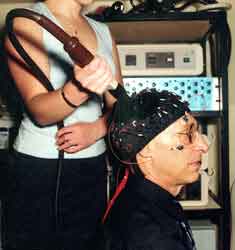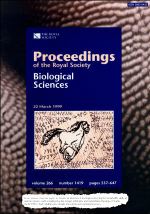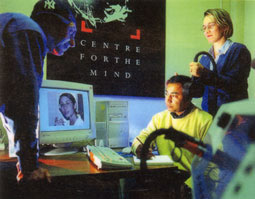
|
 |
|
 |
| |
| |
Background |
 |
The Centre for the Mind invests in ground-breaking research which
shatters mindsets. The ultimate goal of our research is
to understand what it means to be uniquely human and what
it takes to be a champion. We are forging new boundaries
with our research into the development of technological
ways to read the mind and artificial ways to enhance human
creativity.
We are fascinated by human creativity and by the critical
role of the nonconscious mind in initiating our most profound
creative advances. We are presently embarking on a series
of exciting experiments to gain access to the nonconscious
mind and to enhance human creativity. Visit the MindLab to find out more. |
Are savant skills innate? |
In 1999, the Proceedings of the Royal Society
published the ground-breaking hypothesis developed by Prof
Snyder and Prof Mitchell that integer arithmetic is fundamental
to mental processing. This hypothesis was also discussed
at the Brain, Conscious Experience and Human Nature workshop
in San Diego of that year.
Unlike the ability to acquire our native language,
we struggle to learn multiplication and division. It may
then come as a surprise that the mental machinery for performing
lightning fast integer arithmetic calculations could be
within us all even though it can not be readily accessed,
nor do we have any idea of its primary function. We are
led to this hypothesis by analysing the extraordinary skills
of autistic savants - individuals who we believe have privileged
access to lower, usually nonconscious, levels of information
not normally available through introspection.
|

Read Snyder & Mitchell's
inspirational paper |
|
Nonconscious problem solving |
 |
We are largely
unaware of the ways in which our brains process information.
For example, we are not conscious that shape is computed
from object shading or that perspective is derived (among
various ways) by the gradient of texture (Hemholtz 1867,
Snyder and Barlow 1988). Indeed, this specific example explains
why it is so difficult to draw naturally occurring scenes,
as has been elaborated elsewhere (Snyder and Barlow 1988,
Snyder and Thomas 1997). Analogously, the foundations of
our most fundamental beliefs are not normally available
for introspection. We are highly concept driven (Bartlett
1932, Snyder 1998). |
Essentially, a world of unconscious information
is sifted through, by mechanisms of which we are unaware,
to arrive at our final judgements. For example, we have
all experienced that the solution to a complex problem becomes
apparent at a completely unexpected moment. The elusive
key concept does not always appear when the problem is being
actively pursued. Rather, it bizarrely appears unexpectedly
when we are engaged in some completely unrelated task or
thought process.
Possibly the most extraordinary accounts come
from mathematicians who report the crucial role of an incubation
period. Problems that they had worked on for months were
resolved in a flash after a long absence from thinking about
the problem (Hadamard 1945, Hudson 1987, Sacks 1998). For
example, after an interruption of a full decade, the acclaimed
German poet Rainer Maria Relke literally "saw"
his completed sonnets and wrote them down in just 18 days
letter perfect (Hudson, L). Clearly nonconscious problem
solving is crucial to the creative process. |
What if we could somehow access the nonconscious mind without
the expense of losing our mindsets? |
| In our present research projects we are exploring and attempting to characterise this phenomenon quantitatively by carefully controlled experiments in several domains. We have adopted a multidisciplinary approach which integrates psychophysics, brain scanning and behavioural techniques on both normal as well as brain damaged individuals. Visit The Lab to find out more. |
|
|
| |
|
|

